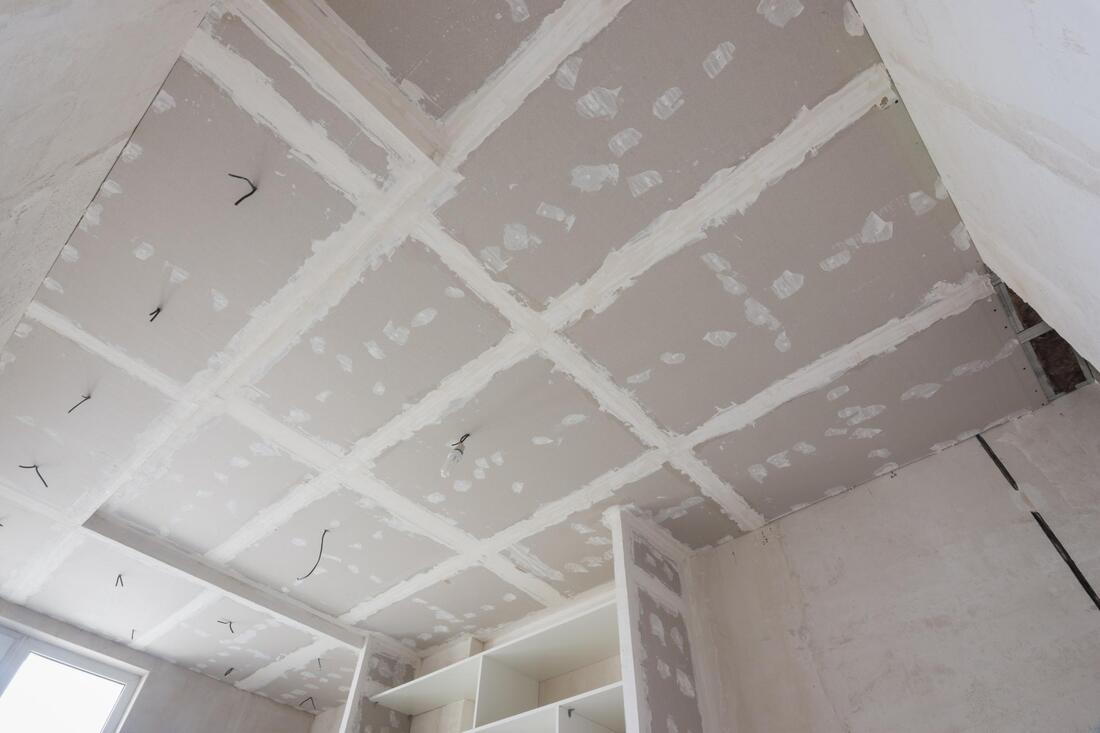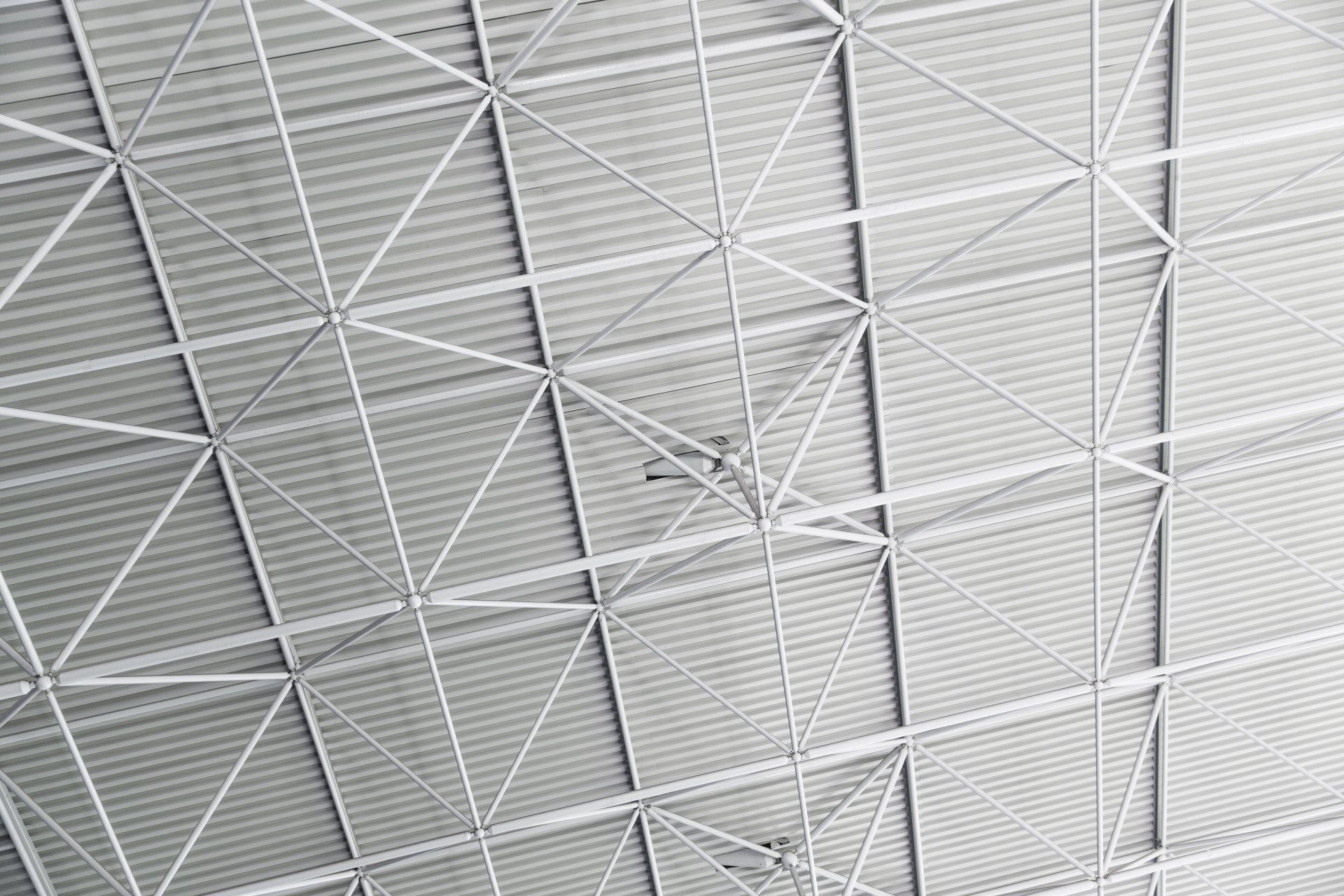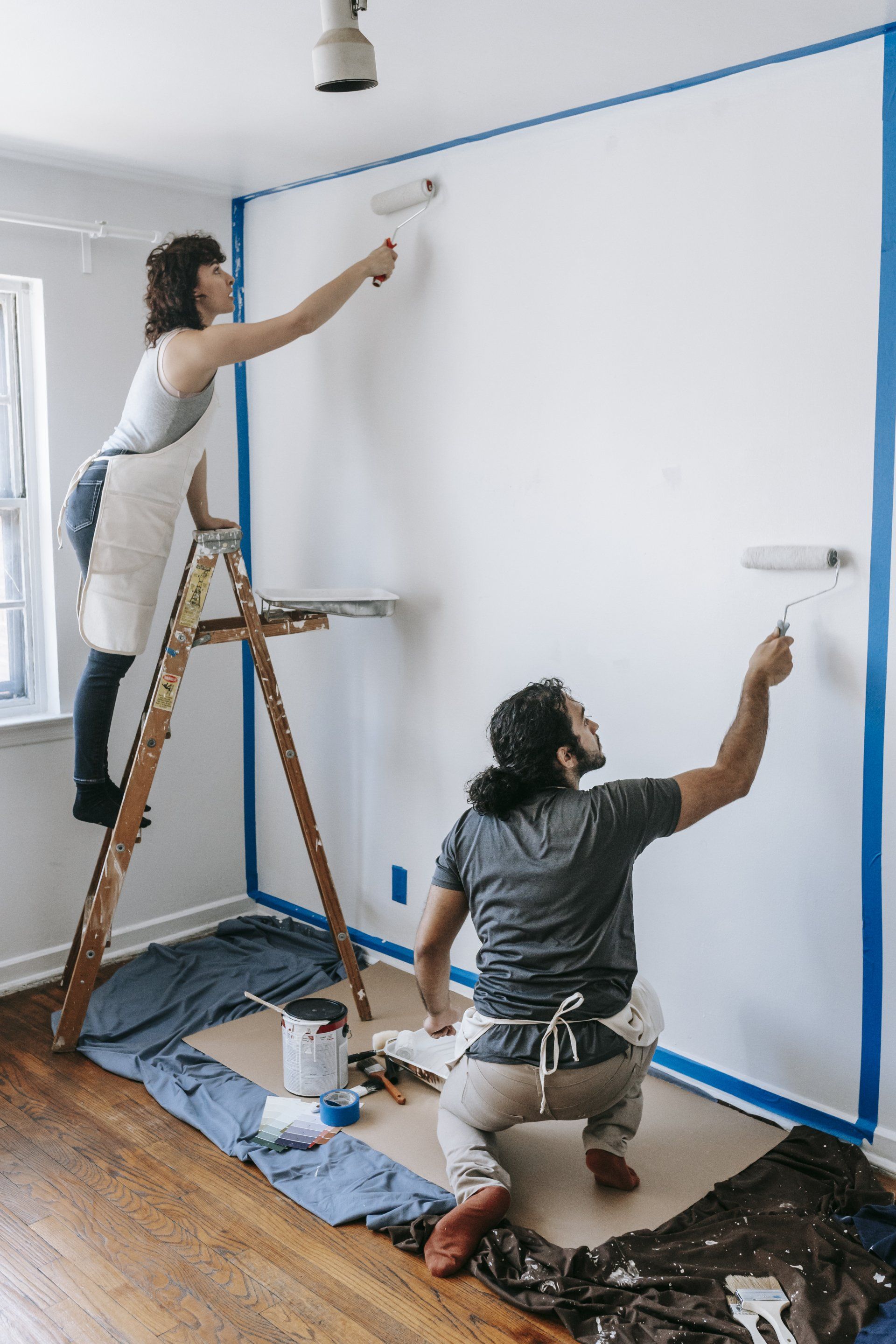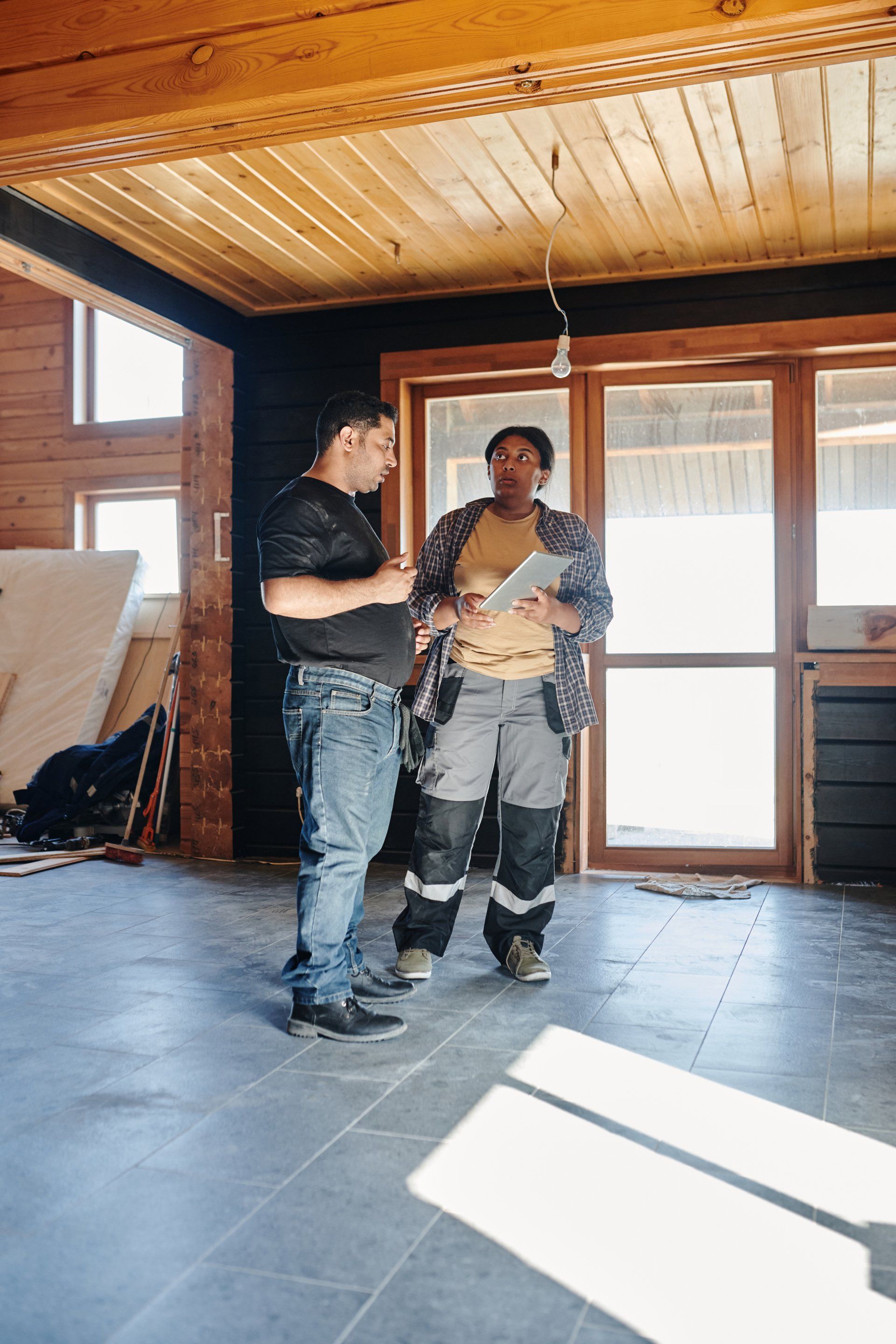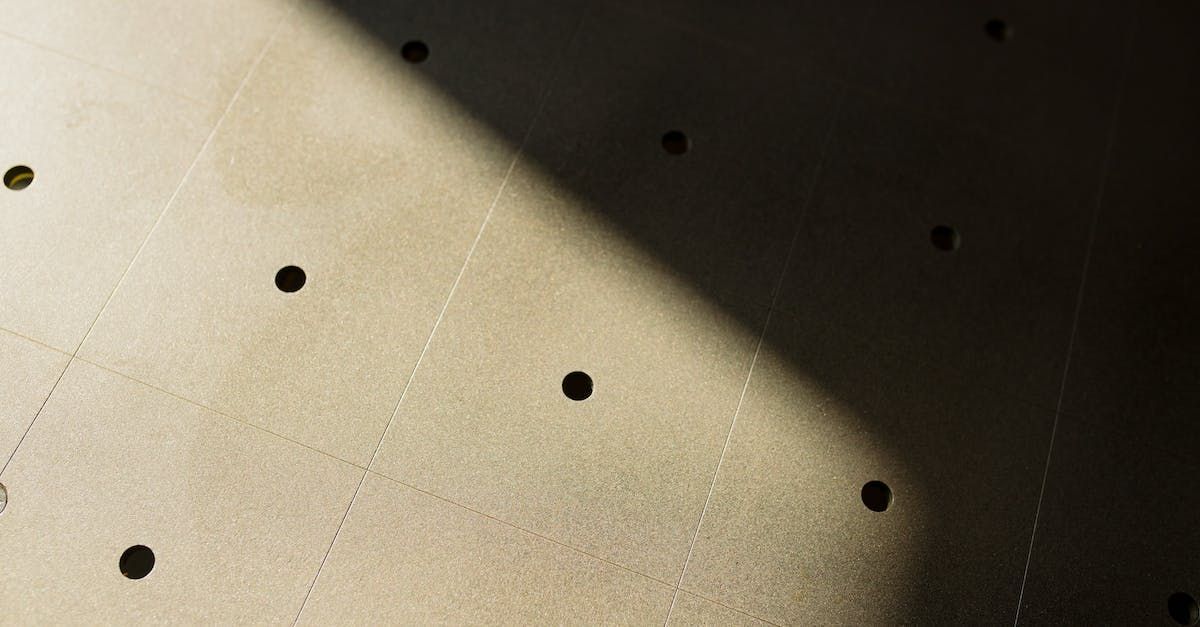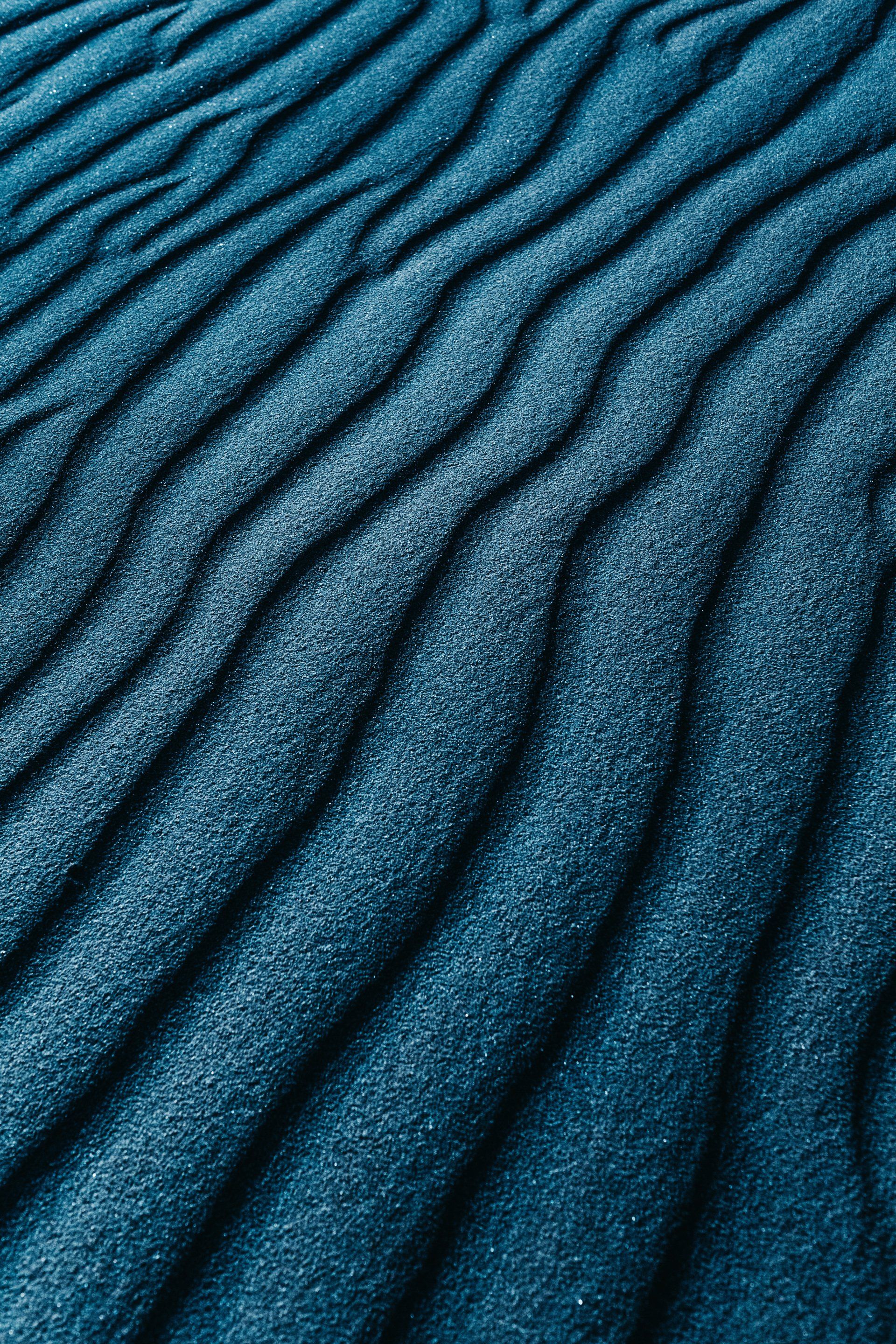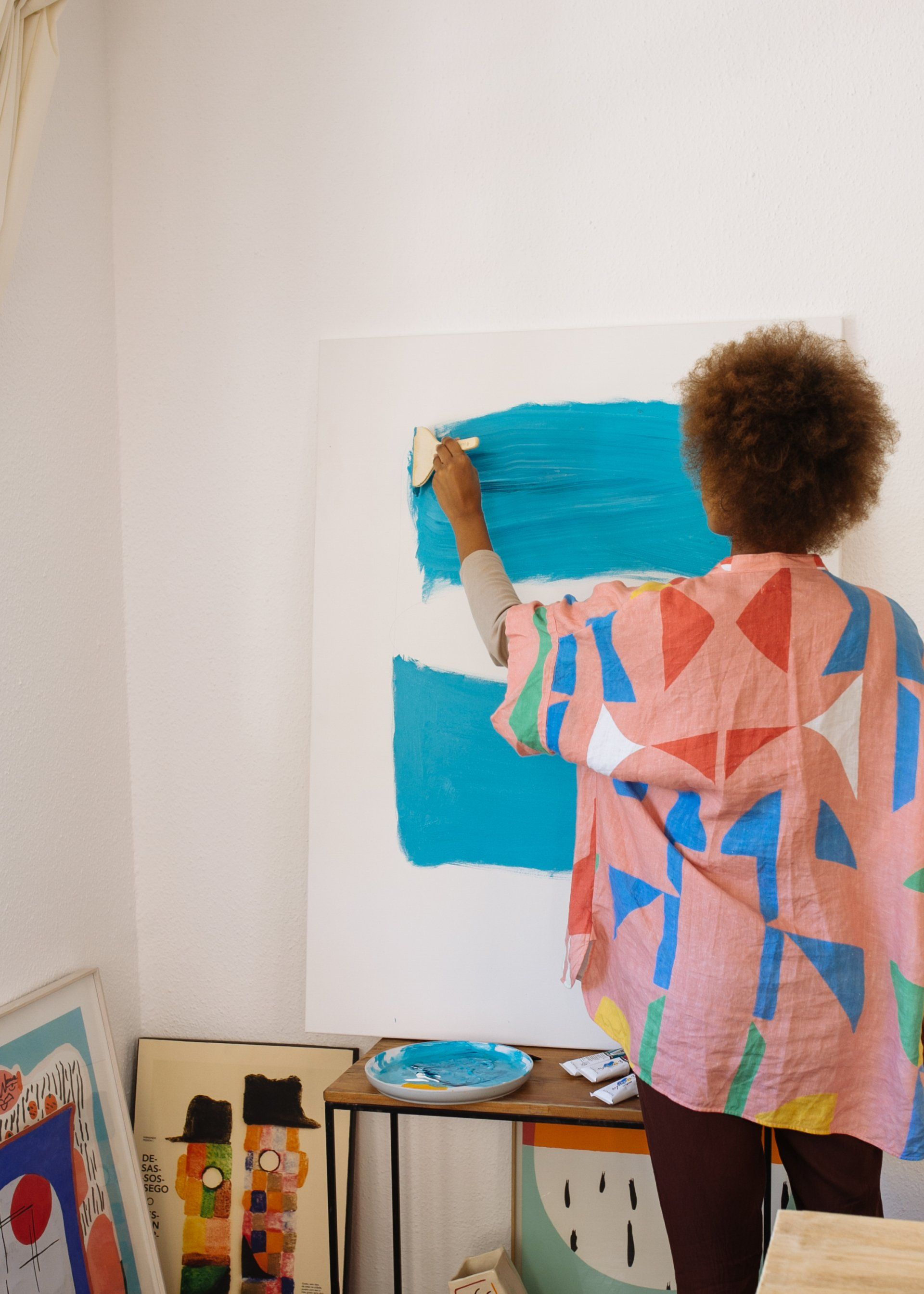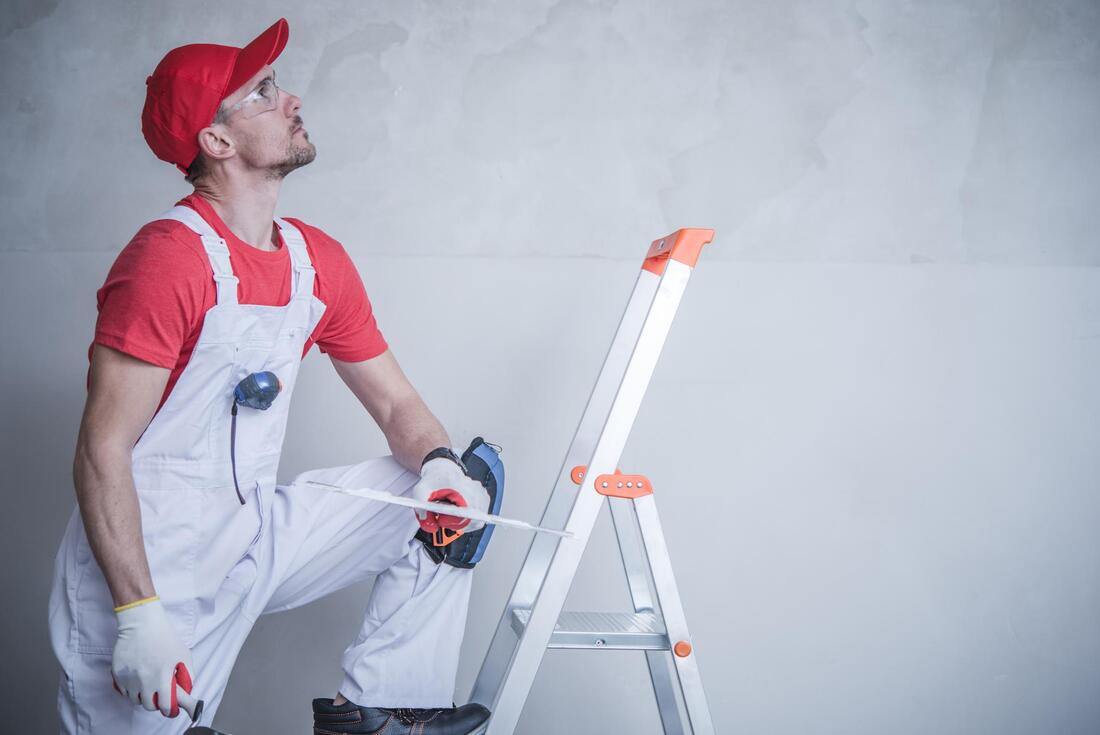DIY Guide to Creating Orange Peel Texture on Your Walls
Mastering Orange Peel Texture: Expert Tips for Flawless DIY Wall Texturing
Transforming your walls with an orange peel texture is a fantastic way to add depth and character to your home. This unique style, resembling the skin of an orange, can be a DIY project that's both rewarding and creative. In this article, we'll guide you through the process of creating an
orange peel texture, focusing on techniques like spraying orange peel texture and using orange peel texture in a can.
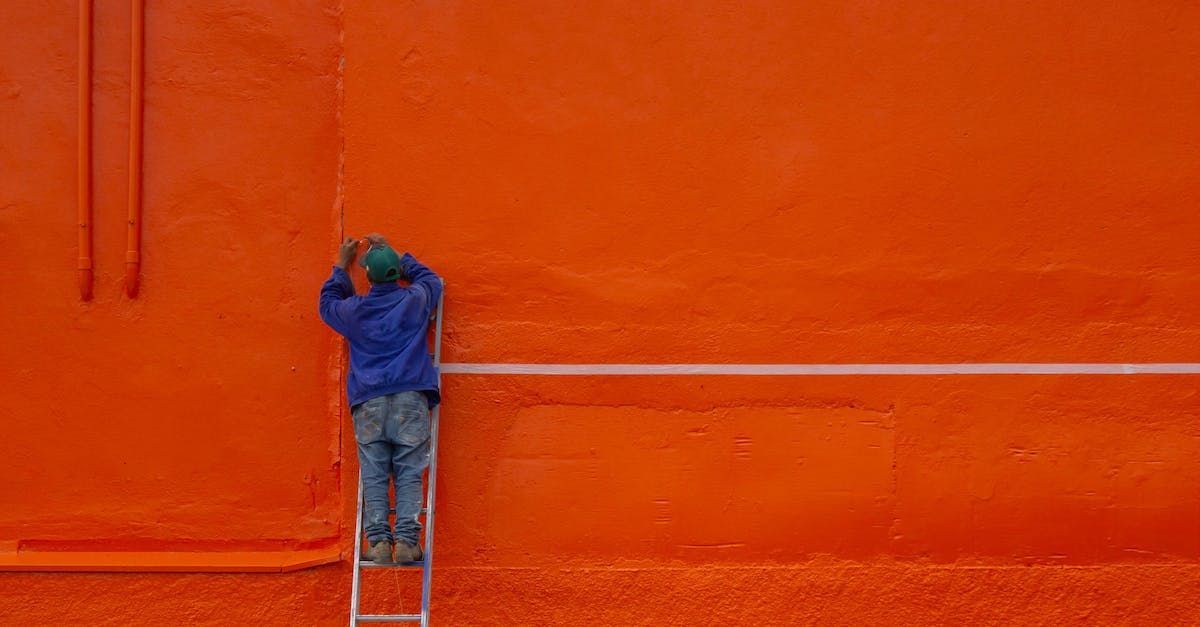
What is Orange Peel Texture?
Orange peel texture is a type of wall finish that adds a slightly bumpy, yet visually appealing surface to your walls. It's a popular choice for hiding imperfections and adding a layer of dimension to a room.
Explore our services in drywall texturing and framing - click here to learn more
Materials Needed
Drywall compound (for orange peel texture)- Spray gun or spray can orange peel texture
- Primer and paint
- Drop cloths and masking tape
- Safety gear (gloves, goggles, mask)
Step-by-Step Guide
Preparation: Start by preparing your walls. Ensure they are clean, dry, and free of any dust or debris. Use drop cloths to protect your floors and furniture, and mask off any areas you don’t want textured.
Primer Application: Apply a primer to your walls. This step is crucial for ensuring the texture adheres properly and provides a uniform base.
Mixing the Texture Material: If you're using a spray gun for spraying orange peel texture, mix your drywall compound with water until it reaches the right consistency. For beginners, using a spray on orange peel texture in a can is a more convenient option.
Testing the Texture: Before applying it to your walls, test the orange peel texture on a scrap piece of drywall. Adjust the nozzle of the spray gun or can to get the desired texture size.
Spraying the Texture: Hold the spray gun or can about 2-3 feet away from the wall and spray in a sweeping motion. Overlap each pass slightly for a uniform look. For ceilings, the process is similar, but ensure you're using the correct spraying orange peel texture on the ceiling technique to avoid uneven application.
Letting it Dry: Allow the texture to dry completely, which could take a few hours to overnight, depending on the product and thickness.
Optional Knock Down Technique: If you prefer a subtler look, you can knock down orange peel texture. Gently go over the semi-dried texture with a drywall knife to slightly flatten the peaks, creating a softer appearance.
Painting:
Once the texture is dry, paint your walls in the color of your choice. The textured surface can add an interesting dynamic to your color choices.
Tips and Tricks
DIY orange peel texture is about experimentation. Don’t hesitate to adjust the nozzle or the pressure to achieve the texture you desire.- When spraying orange peel texture, work in small sections to maintain control over the pattern.
- Safety first! Always wear protective gear to avoid inhaling particles or getting the material in your eyes.
Advanced Techniques for Perfect Orange Peel Texture
Once you've mastered the basics of applying an orange peel texture, you can explore advanced techniques to refine your skills further.
Layering:
For a more pronounced texture, consider applying multiple layers. Allow each layer to dry before applying the next. This technique can create a more dramatic effect and works well for larger rooms or feature walls.
Combining Textures:
Mixing orange peel texture with other wall textures can create a unique look. For instance, you could have an orange peel base with a knockdown texture on top. This combination can add an intriguing visual depth to your walls.
Color Play: Experiment with different paint colors over your orange peel texture. Light and shadow play differently on textured surfaces, so choosing the right color can enhance the texture's appearance. Lighter colors tend to highlight the texture more, while darker shades can add a subtle sophistication.
Maintenance and Repair: Maintaining your orange peel textured walls is straightforward. For cleaning, gently dust the surface or use a damp cloth. If your textured wall gets damaged, it’s easy to repair. Simply reapply the spray orange peel texture over the affected area, and once dry, touch up with paint.
Safety Considerations: Ensure your room is well-ventilated during the application and drying process. If you're sensitive to dust or fumes, consider wearing a respirator in addition to basic safety gear.
Environmental Considerations
When undertaking a DIY project like creating an orange peel texture, it's important to be mindful of the environment. Choose water-based compounds and paints that have low volatile organic compounds (VOCs). These are better for indoor air quality and are less harmful to the environment.
Cost and Budgeting
The cost of creating an orange peel texture can vary depending on the size of your project and the materials you choose. Using a spray can orange peel texture is generally more cost-effective for smaller projects, while renting a spray gun might be more economical for larger areas. Always budget for a little extra material than you think you’ll need to account for practice runs and potential touch-ups.
Final Thoughts
Creating an orange peel texture on your walls is a fantastic way to add personality and warmth to your home. With the right tools, techniques, and a bit of creativity, you can
achieve professional-looking results. Remember, the beauty of a DIY project lies in the learning process and the satisfaction of creating something with your own hands. So, gather your materials, don your safety gear, and transform your space into a textured haven.

